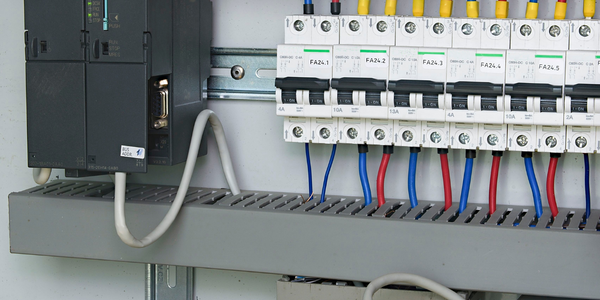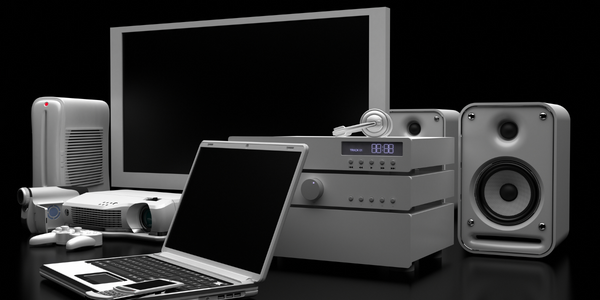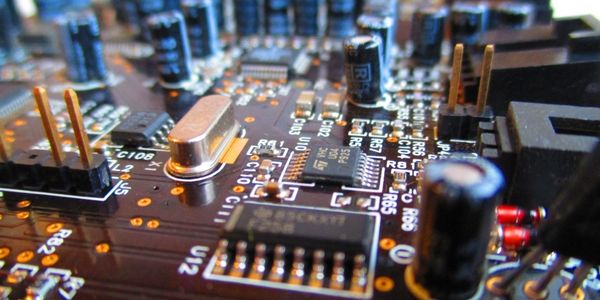公司规模
Large Corporate
地区
- America
国家
- United States
产品
- JDA Demand Planner
- JDA Inventory Optimization
- JDA Order Promiser
- JDA Scenario Analyzer
- JDA Supply Chain Planner
技术栈
- Cloud Services
实施规模
- Enterprise-wide Deployment
影响指标
- Productivity Improvements
- Cost Savings
技术
- 平台即服务 (PaaS) - 数据管理平台
适用行业
- 电子产品
适用功能
- 离散制造
- 物流运输
用例
- 库存管理
- 供应链可见性(SCV)
服务
- 云规划/设计/实施服务
关于客户
飞兆半导体公司是半导体行业的主要参与者,设计并提供高性能半导体,以实现移动连接并优化能源消耗。根据 2010 年第一季度的业绩,该公司的营业额为 15 亿美元,其多元化产品线包括电源管理和信号路径集成电路、逻辑和光电设备,适用于电源、便携式、照明、电机、计算、消费和汽车应用。该公司报告称,2010 年第一季度的销售额为 3.78 亿美元,比上一季度增长 7%,比 2009 年第一季度增长 69%。
挑战
仙童半导体公司是半导体行业的主要参与者,在 2008 年和 2009 年的全球金融危机之后,该公司面临着重大挑战。该行业经历了前所未有的衰退,随后在计算和移动技术的推动下,客户需求急剧上升。仙童半导体公司必须应对极不稳定的需求、全球制造能力短缺、交货时间延长和供应稀缺。该公司报告称,2010 年第一季度的销售额为 3.78 亿美元,比上一季度增长 7%,比 2009 年第一季度增长 69%。为了抵消这种需求增长,仙童半导体公司需要以最少的资本投资来提高制造能力和产能。
解决方案
飞兆半导体公司实施了 JDA 的库存优化和场景分析器解决方案,以实现更复杂的库存建模功能和更好的场景管理技术。该公司采取了“快速实现价值”的方法来安装 JDA 的解决方案,并选择让 JDA 托管这些解决方案。这确保了飞兆半导体公司能够快速收回其技术投资。JDA 库存优化通过将日常库存计划与顶层目标相结合,支持飞兆半导体公司的月度计划周期。根据消费模式、关键性、速度和其他关键属性,该解决方案使飞兆半导体公司能够通过一套高度定制的库存策略来管理产品。从 JDA 库存优化获得的数据与 JDA 场景分析器集成,使飞兆半导体公司能够使用优先级方案和物料清单等标准来运行不同的场景。
运营影响
数量效益

Case Study missing?
Start adding your own!
Register with your work email and create a new case study profile for your business.
相关案例.

Case Study
Remote Temperature Monitoring of Perishable Goods Saves Money
RMONI was facing temperature monitoring challenges in a cold chain business. A cold chain must be established and maintained to ensure goods have been properly refrigerated during every step of the process, making temperature monitoring a critical business function. Manual registration practice can be very costly, labor intensive and prone to mistakes.

Case Study
Predictive maintenance in Schneider Electric
Schneider Electric Le Vaudreuil factory in France is recognized by the World Economic Forum as one of the world’s top nine most advanced “lighthouse” sites, applying Fourth Industrial Revolution technologies at large scale. It was experiencing machine-health and unplanned downtime issues on a critical machine within their manufacturing process. They were looking for a solution that could easily leverage existing machine data feeds, be used by machine operators without requiring complex setup or extensive training, and with a fast return on investment.

Case Study
Cloud Solution for Energy Management Platform-Schneider Electric
Schneider Electric required a cloud solution for its energy management platform to manage high computational operations, which were essential for catering to client requirements. As the business involves storage and analysis of huge amounts of data, the company also needed a convenient and scalable storage solution to facilitate operations efficiently.

Case Study
Leveraging the IoT to Gain a Competitive Edge in International Competition
Many large manufacturers in and outside Japan are competing for larger market share in the same space, expecting a growing demand for projectors in the areas of entertainment, which requires glamor and strong visual performance as well as digital signage that can attract people’s attention. “It is becoming more and more difficult to differentiate ourselves with stand-alone hardware products,” says Kazuyuki Kitagawa, Director of Service & Support at Panasonic AVC Networks. “In order for Panasonic to grow market share and overall business, it is essential for us to develop solutions that deliver significant added value.” Panasonic believes projection failure and quality deterioration should never happen. This is what and has driven them to make their projectors IoT-enabled. More specifically, Panasonic has developed a system that collects data from projectors, visualizes detailed operational statuses, and predicts issues and address them before failure occurs. Their projectors are embedded with a variety of sensors that measure power supply, voltage, video input/ output signals, intake/exhaust air temperatures, cooling fan operations, and light bulb operating time. These sensors have been used to make the projector more intelligent, automatically suspending operation when the temperature rises excessively, and automatically switching light bulbs. Although this was a great first step, Panasonic projectors were still not equipped with any capability to send the data over a network.









